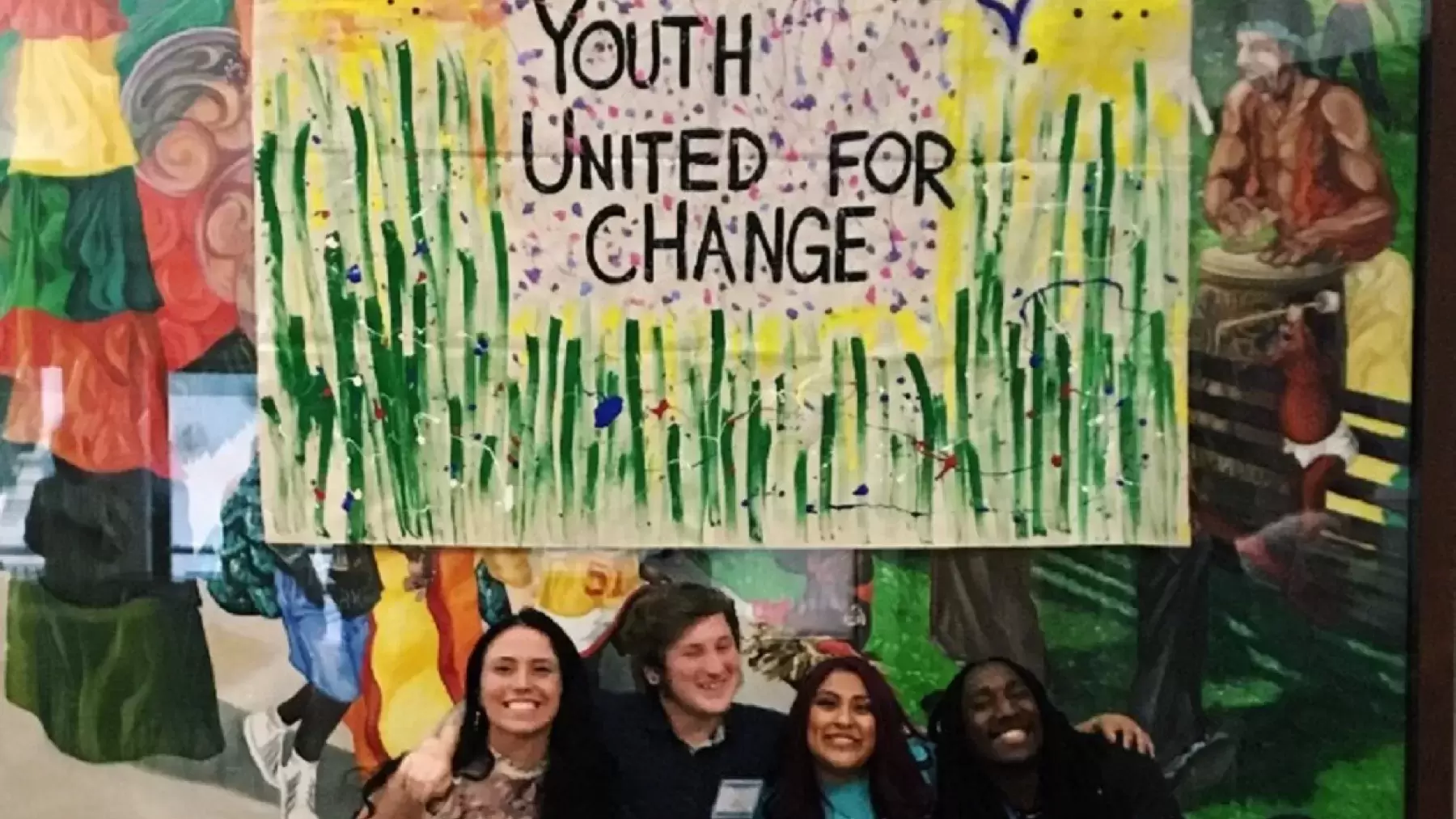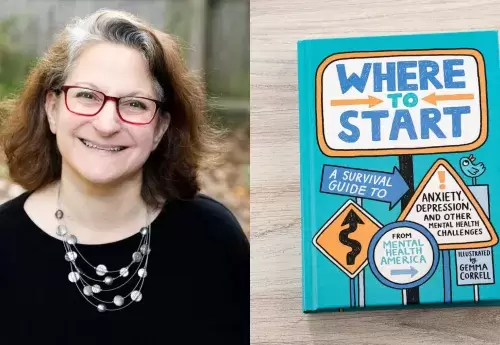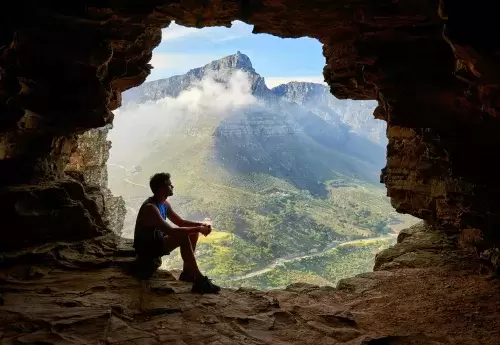
By Kelly Davis, Director of Peer Advocacy, Supports, and Services at Mental Health America
A new report from the Centers for Disease Control and Prevention (CDC) shows a horrifying trend in youth and young adult mental health in the United States. Between 2007-2017, suicides among people ages 10-24 increased by 56 percent. These are not just numbers, but lives lost and families and communities forever changed. As a young person who survived multiple suicide attempts, I believe that I and other young people and attempt survivors have invaluable perspectives on how to address this complicated and growing issue.
It is clear that what we are doing is not working. Research to determine the causes of the increases in suicide and the process of expanding the behavioral health workforce to increase access to traditional services will take significant time. And while crisis resources like the National Suicide Prevention Lifeline and the Crisis Text Line are helpful and important, relying on crisis services alone is both ineffective and unacceptable.
We need understanding, but we also need mobilized communities and young people. We cannot continue to think about suicide as a single person’s problem but as a way for us to reflect not only in how we talk as communities but the structures that we build to support one another.
The world is different than it has ever been before. Few of those developing, researching, and implementing initiatives have grown up under the rapid change we are experiencing. Public dialogue is a good start, but building peer support, community leadership, and open access to mental health tools, in addition to broader social action to address things like discrimination, is essential.
If we want to address youth suicide, we have to be committed to not just stopping deaths but improving lives and building a world that people want to stay in. Given the immediacy of the problem and the ineffectiveness of the present solutions, it is time to let the people closest to the pain lead.
Whether it is mobile apps, campus-based programs for college students, or community-based organizations for teens and young adults, attempt survivors and young people with lived experience are already building a better world for their peers. For us, it is life or death, and the earlier we support people the better they will be for the rest of their lives. It is time for those in positions of power and leadership to listen to and support these ideas. We do not have time to wait.




